Deck & Commander Strategies
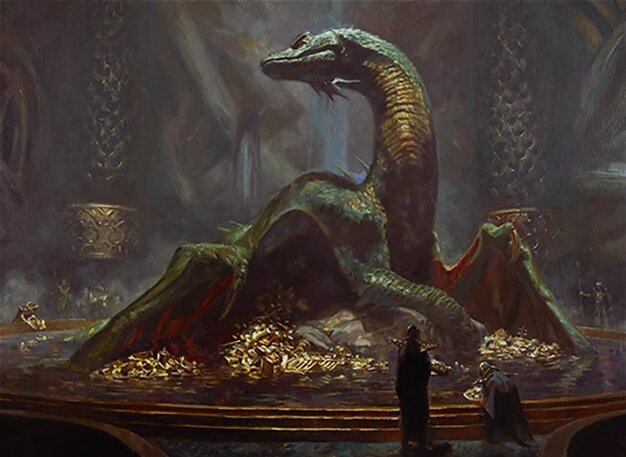
Kheru Goldkeeper
Utilize graveyard interactions to generate treasure tokens for ramp and value, enabling delve and flashback spells to maintain card advantage and resource efficiency.

Karakyk Guardian
Deploy a large, evasive flying dragon with vigilance and trample that gains hexproof until it deals damage, making it difficult to remove and a powerful threat on board.

Jeskai Shrinekeeper
Focus on drawing extra cards and gaining life through combat damage with flying and haste creatures, maintaining board control and tempo with interaction to police opponents.
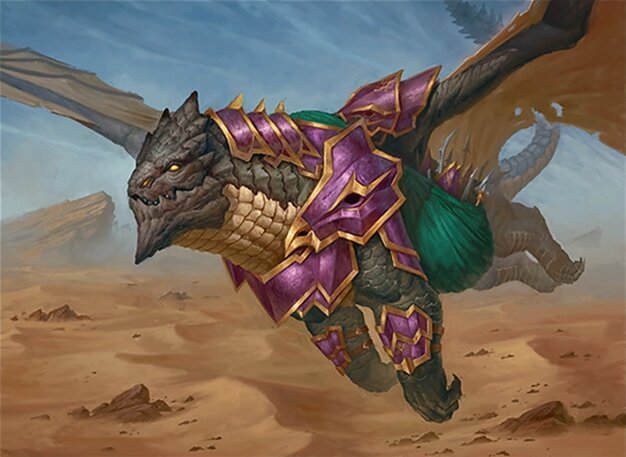
Armament Dragon
Build a synergy around plus one plus one counters to grow creatures and deal significant air damage, leveraging incremental growth rather than combos.
Gameplay Insights
- 1
Casting Jeskai Shrinekeeper with Opal Palace on turn six to get a counter and haste enabled significant early aggression and card draw.
- 2
Using graveyard saccing and delve mechanics to generate treasures and flashback spells allowed Kheru Goldkeeper to maintain card advantage and mana ramp.
- 3
The initiative mechanic introduced by Avenging Hunter influenced attack targets and board control, adding a political and strategic layer.
- 4
Filtering lands and careful mana base management with snow-covered dual lands and utility lands like Crystal Grotto ensured smooth color fixing for three-color commanders.
- 5
Holding edict effects in hand created a latent threat that influenced opponent's combat and removal decisions.
Notable Cards
-

Avenging Hunter
-
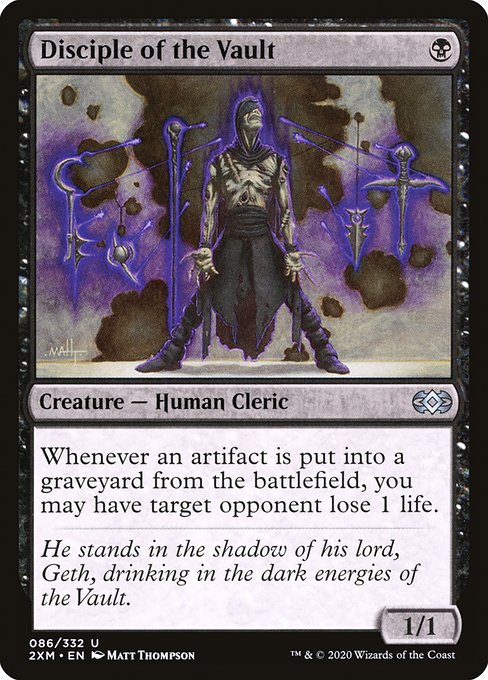
Disciple of the Vault
-

Reckless Barbarian
-
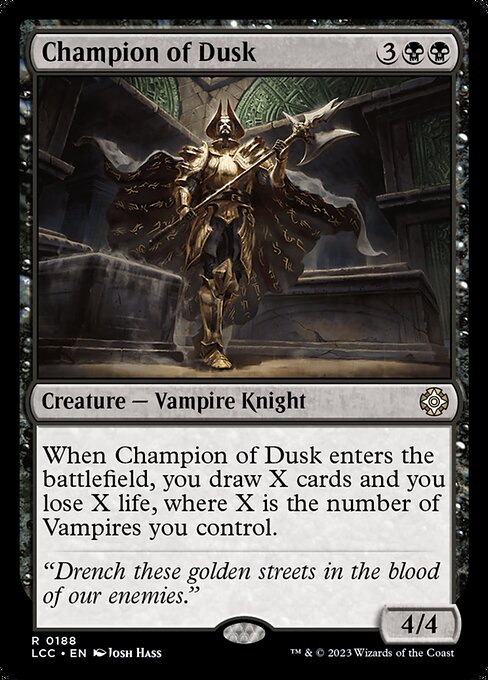
Champion of Dusk
-

Forbidden Alchemy
-
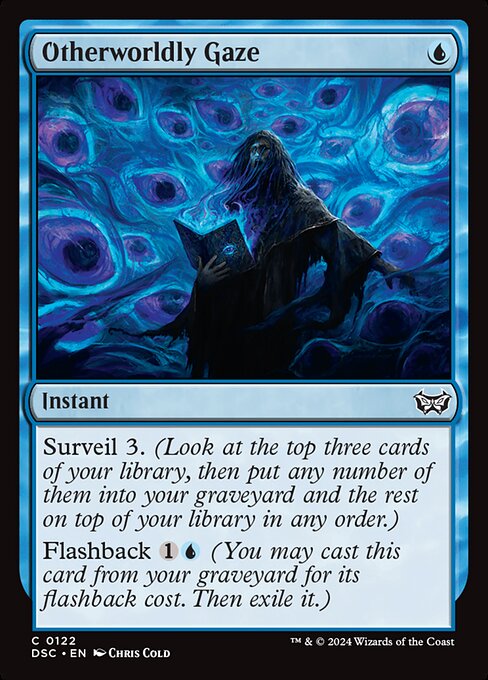
Otherworldly Gaze
-
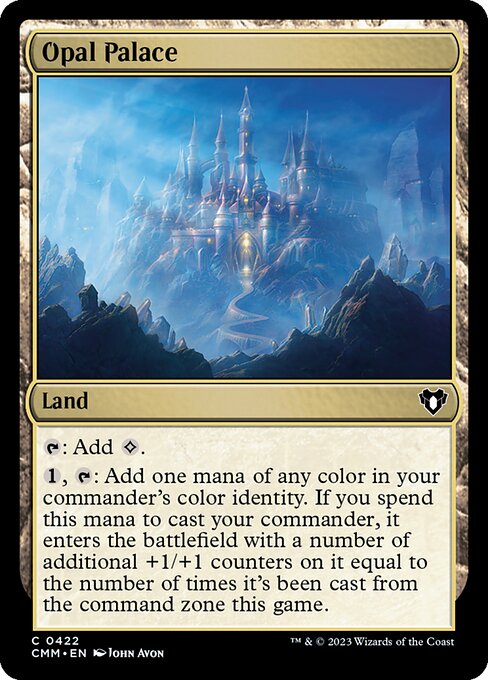
Opal Palace
-
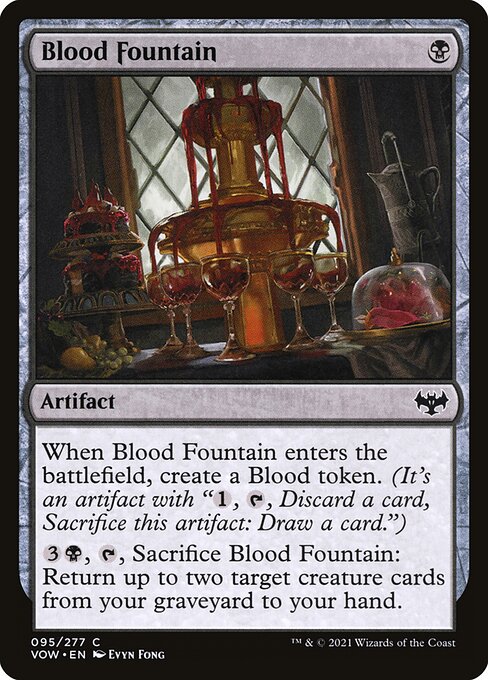
Blood Fountain
Gameplay Summary
The game of Pauper Commander featuring three-color uncommon dragon commanders began with players focusing on ramp and setting up their board states.
Early turns involved establishing mana bases with snow-covered lands and playing smaller creatures such as Disciples of the Vault and Reckless Barbarian to enable future plays.
Key moments included players casting their commanders, with Jeskai Shrinekeeper coming out with haste and drawing cards on damage, generating value quickly and gaining life to stabilize.
Meanwhile, the Karakyk Guardian provided an evasive and hard-to-interact-with threat with flying, vigilance, and trample, while Kheru Goldkeeper sought to build a treasure token engine through graveyard interactions and delve mechanics.
Armament Dragon focused on plus one counters synergies to grow creatures and push damage through the air. As the game progressed, players leveraged their commanders' abilities and synergies to gain board control and card advantage.
The initiative mechanic from Avenging Hunter added a political layer to the game, influencing attack decisions and priority.
Key interactions involved sacking creatures to generate mana, filtering lands for color fixing, and using flashback and delve effects to maximize resource utilization.
Despite some board wipes and edict effects being held in reserve, the game revolved around maintaining tempo and leveraging dragons' combat prowess to pressure opponents.
The win condition centered around deploying large flying dragons and consistent card draw from Jeskai Shrinekeeper, supported by treasure tokens and counters, to overwhelm the opponents through damage and attrition.


















